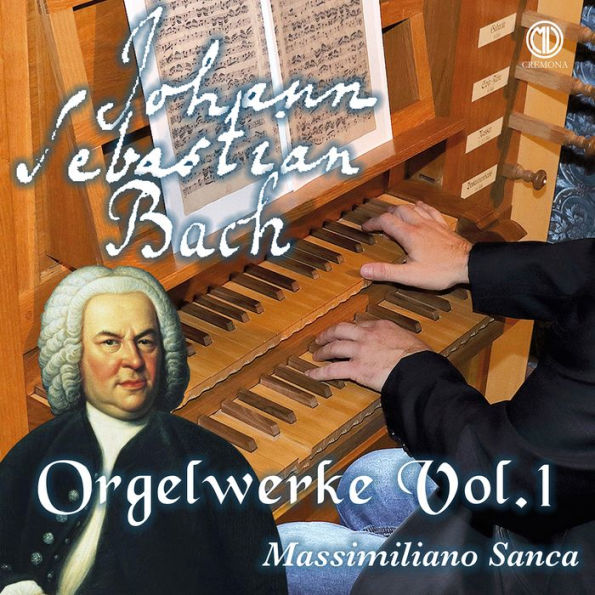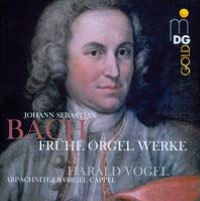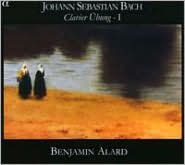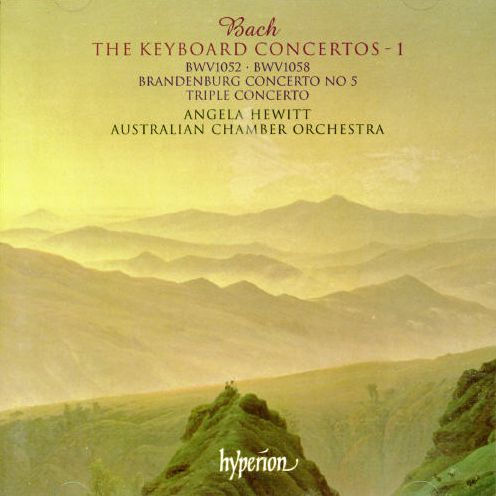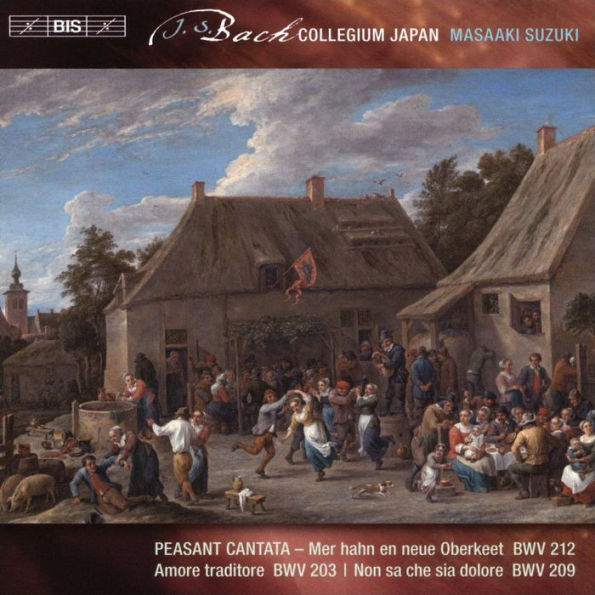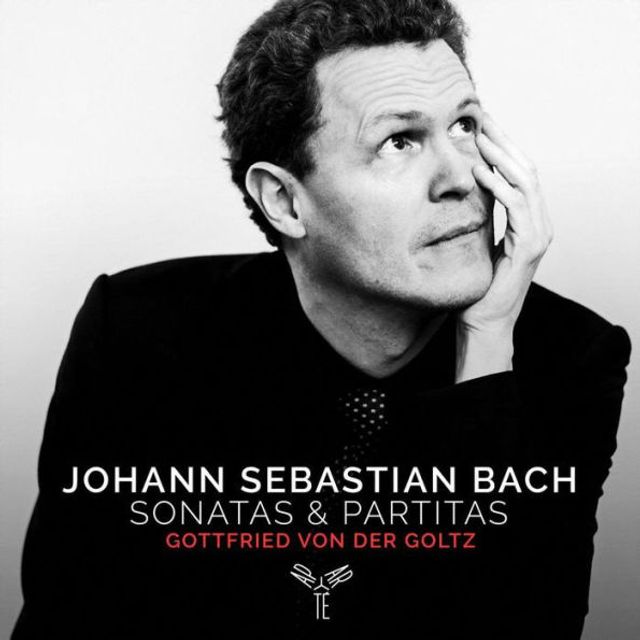Home
J.S. Bach: A Life in Music, Vol. 1 ¿ Early Cantatas
Loading Inventory...
Barnes and Noble
J.S. Bach: A Life in Music, Vol. 1 ¿ Early Cantatas
Current price: $25.99
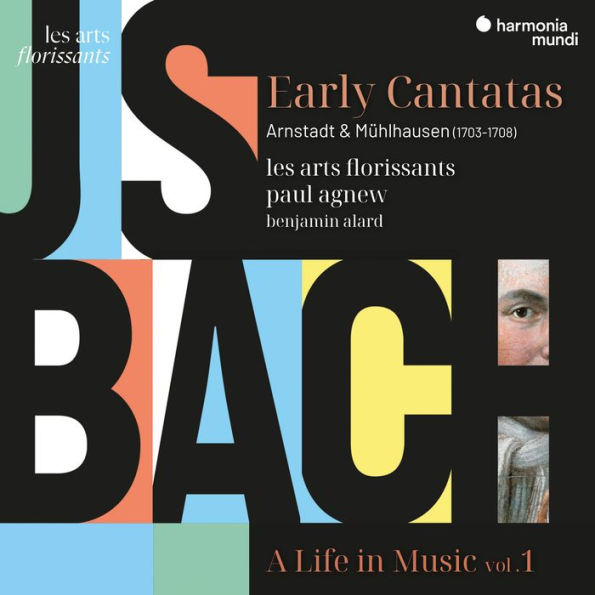

Barnes and Noble
J.S. Bach: A Life in Music, Vol. 1 ¿ Early Cantatas
Current price: $25.99
Loading Inventory...
Size: OS
*Product Information may vary - to confirm product availability, pricing, and additional information please contact Barnes and Noble
This 2024 release, which made classical best-seller lists in the spring of that year, marks the first in a chronological series devoted to
's church cantatas. It is not going to be a complete series; rather, it will examine
's output in this genre according to style and to the circumstances under which the works were composed. (A second volume, devoted to the Weimar years, has already been announced.) This hasn't been a common practice with
, partly because it is difficult to date some of the works, and for this reason alone, the album is welcome. There are other attractions as well, including the well-coordinated, chamber-like quality of the performances by
and the group's director,
. His tempos are generally quick, but he can broaden out when necessary, and his interpretations, as he indicates, are carefully rooted in the text. Another draw is the presence of a cantata by
, setting the same text as
's famous
), that does a very nice job of showing just how original the young
's style was. All three of the cantatas here have bold masterstrokes of rough-hewn expression, devoid of the smoothing out that would come later as
discovered the clean, bright Italian style. The program is broken up by organ works related to the cantatas here, and organist
takes care to fit his readings to
's overall expressive mode.
's forces are modest; he adds just a single voice per line to the four soloists in the choruses. This is generally undesirable, blurring the solo/chorus distinction that is essential to
's music and, indeed, to his ideological world. Here, however,
is able to argue that these were the forces available to
in the small churches where he began his career; whether or not he would have preferred a larger group, he doubtless often heard these works done just like this. The Paris Philharmonie is a bit oversized for this repertory, but the clarity of
's contrapuntal lines comes through well. A promising beginning to a distinctive new
cantata series. ~ James Manheim



